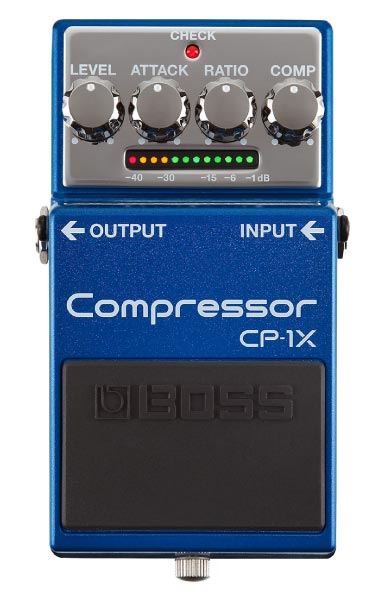

At the time of writing, Andertons Music Co. Which brings us nicely onto our next section… BOSS’ Diverse Pedal RangeĪny effect type you can think of, BOSS probably makes it. Ultimately, their aim has always been to give guitarists a whole palette of tones to play with. And instead of becoming complacent like others have, BOSS still strives to pioneer new effects. Known for its cutting-edge, high-gain sound, this famously bright orange stompbox is regarded as the best-selling distortion pedal of all time.Īlthough there are tonnes of pedal brands out there, BOSS has so many adoring fans because of its heritage. Unveiled in 1978, the BOSS DS-1 Distortion arguably put the company on the map. However, there is one pedal in BOSS’ catalogue that has remained in production from the very start. Some of BOSS’ earlier models have reached legendary status and become valuable collector’s items. It can therefore be argued that BOSS was instrumental in setting the precedent for the ‘compact pedals’ that we’re so familiar with today. Compared to some of the more fragile and cumbersome effects units around at the time, these were a godsend particularly for touring players.
#How to date boss pedals portable
By designing a compact and robust enclosure, their pedals were praised for being both portable and sturdy. They sought to create new sounds and inspire the next wave of guitar players.Īlthough these early launches were gamechanging, perhaps more importantly, BOSS had established its own identity. Releasing the OD-1 Overdrive, PH-1 Phaser, SP-1 Spectrum, GE-6 Equalizer, CS-1 Compressor and TW-1 Auto Wah, this eclectic mix of effects was a true statement of intent from BOSS. Offering lush modulated tones, this stompbox provided a fresh sound that many players from that era hadn’t experienced before.Ī moderate success, the company kept up the momentum and boldy launched 6 different effects pedals in 1977. Their first pedal, the 1976 CE-1 chorus, was based on the circuit found in Roland‘s JC-120 Jazz Chorus amplifier. The Rich History of BOSS PedalsīOSS hit the ground running from the outset. In this article, we’re going to highlight a few key reasons as to why BOSS pedals remain a favoured choice, and why to many – they’re still #1. And in doing so, they changed the course of the guitar industry for the better.īOSS continues to innovate well into the 21st Century, and their stompboxes are used by countless of players worldwide. When Japanese manufacturer BOSS emerged in the mid-’70s, though, they brought many new effects to the table.


Electro Harmonix did boast a small lineup, but it mostly encompassed just fuzz and boost pedals.
#How to date boss pedals full
His setup included a Vox Wah, Roger Mayer Octavia and Shine-ei Uni-Vibe.Īlthough various stompboxes were available to consumers back then, there weren’t many companies producing full effects pedal ranges. Towards the end of the ’60s demand for pedals grew, with Jimi Hendrix using a number of different effects to pioneer his psychedelic sound. The ’62 Maestro Fuzz Tone is a famous example used by Keith Richards to create the distinctive “(I Can’t Get No) Satisfaction” guitar tone. The earliest guitar pedals came to light in the 1960s.


 0 kommentar(er)
0 kommentar(er)
